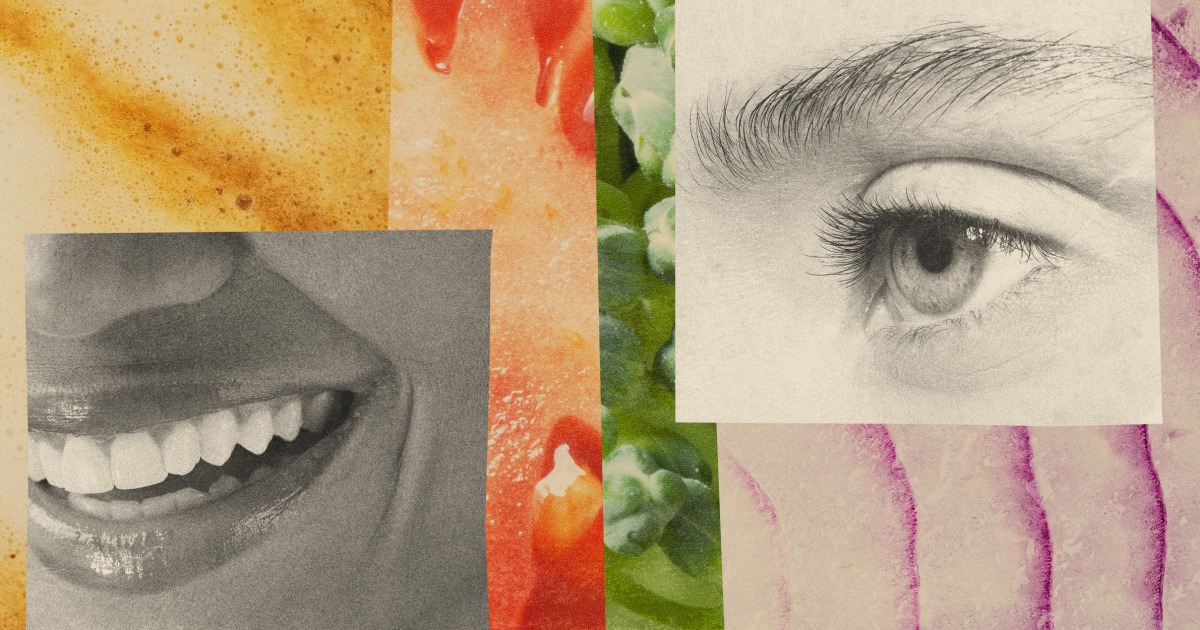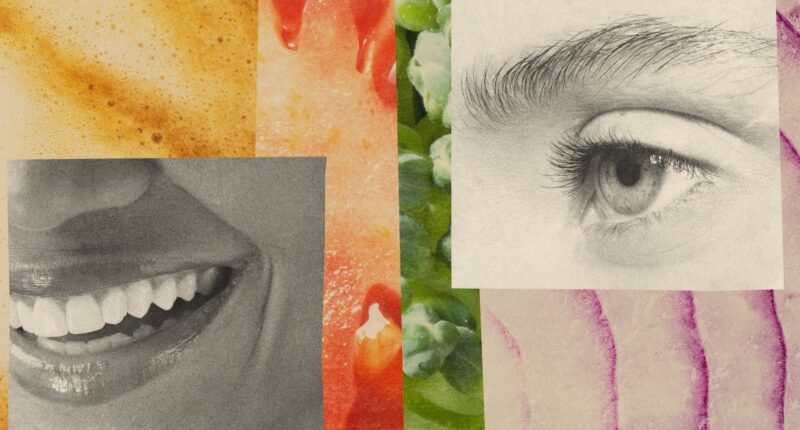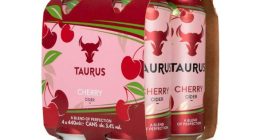
TikTok creators have found new ways to encapsulate their aesthetics — and help you identify yours.
First, users came up with “that girl,” or a girl who seems to have her life together. Then it was the “clean girl,” which often depicts aspirational, 5 a.m. routines and spotless kitchen countertops.
More recently, the differentiation between “types of girls” has grown increasingly specific and abstract. A growing trend on the platform categorizes girls as various fruits and vegetables: “blueberry girls,” “strawberry girls” and even “onion girls.” These videos often feature a slideshow of images that match the category.
The rise in these aesthetic videos stem from younger people’s need to ascribe themselves to something in order to feel some form of worth and belonging, according to several TikTok users who spoke to NBC News.
“Certain communities online just characterize themselves by enjoying very niche subsets of different trends,” said Becky O’Connor, 22, a fashion assistant who has posted videos voicing her opinion about certain aesthetics on TikTok.
“Young people, predominantly girls, are yearning for identity and yearning for community. We’re pushed more and more towards buying things and making buying things our identity.”
For those who missed out on forging communities and identities during “the most formative years of adolescence,” being told that buying a certain type of clothing will make you a certain type of person is “easier,” she added.
Certain communities online just characterize themselves by enjoying very niche subsets of different trends.
-Becky O’Connor, TikTok user
For example, the summer-laden imagery of “strawberry girl” was evoked by photos, downloaded from Pinterest, of canvas tote bags and red nails.
Because of its association with fruit, O’Connor described the “strawberry girl” trend as “a yearning for a more primitive time of working on a farm and being pastoral as opposed to working in a city in an office every day.”
These trends “predominantly focus around fashion and beauty standards,” which are “seen as being a feminine, girly thing that you shouldn’t ascribe time to,” O’Connor said.
While female archetypes like “ingenue” and “femme fatale” existed in art and literature long before social media, O’Connor credits TikTok for encouraging hyperconsumption to achieve an aesthetic identity that might be short-lived.
Almost all of the “girl” videos reflect a lifestyle and identity that appears unattainable for many viewers. Yet many on TikTok remain inspired to purchase the perfect accessories to emulate their preferred “girl.”
While millions of people view and post their own videos portraying the various aesthetics, the oversaturation of this type of content has not gone unnoticed.
A recent TikTok about “tomato girl” (which evolved from the “berry girl” trend) made its way to Twitter, where it was met with skepticism.
“The multitude of tiktok aesthetics has gone too far…what is this,” one Twitter user said.
Such content has also led to more realistic, humorous takes on the trend.
Annika Rasmussen, 22, a fashion major, was inspired by the “tomato girl” trend and decided to create a girl type of her own — “onion girl.”
The slideshow for onion girl, which began with an image of a savory onion stew, was darker in its color palette and more sultry than its berry counterpart.
Rasmussen began taking requests from her viewers and curated specific aesthetics for each vegetable. For “broccoli girl,” which she described as “a very playful vegetable,” she included pictures of girls with braces, green nails and “tooth gems.”
“In my videos, I kind of went more with the taste and the mood of the vegetable,” Rasmussen said. “I looked for that more than I looked for color. As a fashion major, I’m interested in trend forecasting…I tried to do that in my TikToks.”
Rasmussen credits Tumblr users with building identities around an object, color or food group, followed by BuzzFeed’s capitalization on the trend, which “made it a whole, blown out thing.”
Being a “broccoli girl” might be on trend until a new “girl” emerges, forcing another reinvention and another identity to emulate.
“We’re seeing all these videos,” Rasmussen said. “And now there’s 20 microtrends that you have to keep up with.”
Source: | This article originally belongs to Nbcnews.com









